Drake’s voice is a defining element of his music, blending smooth R&B tones with sharp rap delivery. His vocal style is clean, emotive, and polished, making it instantly recognizable. If you want to sound like Drake, using vocal presets designed for his style is an efficient way to achieve studio-quality vocals. This guide will take you step by step through the process of applying and customizing vocal presets to capture that unmistakable OVO sound.
Why Vocal Presets Are Key
Vocal presets are pre-configured settings for effects like EQ, compression, reverb, and more. They simplify the mixing process and help you recreate professional-quality vocals quickly. For Drake’s sound, presets are tailored to:
- Emphasize warmth in the low-mids while keeping the high frequencies smooth.
- Control dynamics for a balanced and polished tone.
- Add subtle reverb and delay for depth and mood.
Step 1: Set Up Your Recording Environment
Choose the Right Equipment
To capture Drake’s vocal quality, start with good equipment:
- Microphone: Use a large-diaphragm condenser mic like the Rode NT1 for smooth, clear recordings.
- Audio Interface: Opt for a reliable interface like the Focusrite Scarlett 2i2 to ensure a clean signal.
- Pop Filter: Reduce plosives and harsh sounds with a quality pop filter.
Optimize Your Recording Space
- Record in a treated room to minimize echoes and background noise.
- Position the microphone about 6–8 inches from your mouth for optimal clarity and warmth.
Step 2: Record Your Vocals
Drake’s style is known for its emotional delivery and subtle nuances. To emulate his tone:
- Focus on dynamics: Transition smoothly between softer R&B tones and energetic rap parts.
- Layer your vocals: Record doubles and harmonies for a fuller sound.
- Experiment with emotion: Whether it’s heartbreak or swagger, channel your feelings into the performance.
Step 3: Apply a Drake Vocal Preset
Import the Preset
- Download a Drake vocal preset that is compatible with your Digital Audio Workstation (DAW), such as Logic Pro, FL Studio, or GarageBand.
- Place the preset file in the appropriate folder for your DAW.
- Open your vocal track and load the preset through the effects or plugins menu.
Step 4: Key Components of a Drake Vocal Preset
Equalization (EQ)
- Low-Mids (200–500 Hz): Boost slightly to add warmth and depth to your voice.
- High-Mids (3–6 kHz): Boost gently for clarity without harshness.
- High-End (8–12 kHz): Add a subtle high-shelf boost to introduce airiness.
Compression
- Ratio: 3:1 or 4:1 for smooth control.
- Attack: Medium to preserve transients.
- Release: Fast to maintain energy in rapid-fire rap sections.
- Gain Reduction: Keep it subtle, around 2–4 dB, to maintain natural dynamics.
Reverb
- Type: Plate or room reverb for subtle depth.
- Decay: 1.5–2.5 seconds, depending on the mood of the track.
- Mix Level: Around 30–40% wet for an intimate yet spacious sound.
Delay
- Timing: Sync to the track’s tempo, typically 1/4 or 1/8 notes.
- Feedback: Low to prevent clutter.
- EQ the Delay: Roll off lows and highs to keep the delay in the background.
Autotune
- Use autotune subtly to polish your pitch without sounding robotic. Set the retune speed to a medium or slow value for a natural feel.
Step 5: Fine-Tuning the Preset
Tailor the Preset to Your Voice
- Adjust EQ to complement your unique vocal tone.
- Modify compression settings based on your vocal dynamics.
- Tweak reverb and delay levels to suit the song’s vibe.
Add Harmonies and Doubles
Drake often layers his vocals for richness:
- Record doubles and pan them slightly left and right.
- Add harmonies that follow the melody for a fuller sound.
- Apply more reverb to harmonies than the lead vocal for depth.
Step 6: Finalizing Your Mix
Automation
Drake’s tracks are dynamic. Use automation to:
- Gradually increase volume during emotional peaks.
- Adjust reverb and delay for specific sections, like adding more during a chorus.
Mastering
Master your track for consistent loudness:
- Apply a limiter to prevent clipping.
- Use a master EQ to balance the overall tonal range.
Tips for Nailing the Drake Sound
- Less Is More: Keep effects subtle to maintain a natural tone.
- Reference Drake Tracks: Compare your mix to Drake songs like "Marvins Room" or "Hotline Bling" for inspiration.
- Emphasize Emotion: Let your delivery convey the mood of the track.
Conclusion
Drake’s vocal style is the perfect blend of warmth, clarity, and emotional resonance. With the right vocal presets and a bit of customization, you can capture his signature sound in your own tracks. Focus on your recording quality, apply the preset, and fine-tune it to match your unique voice. Soon, you’ll be creating tracks that rival the OVO sound in quality and appeal.

